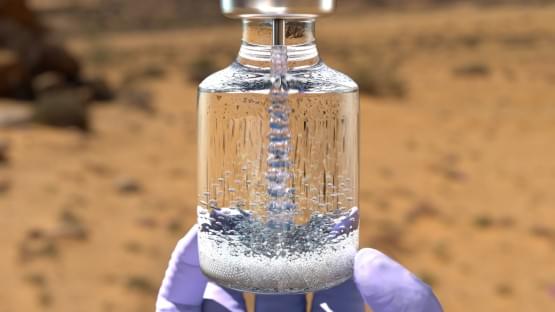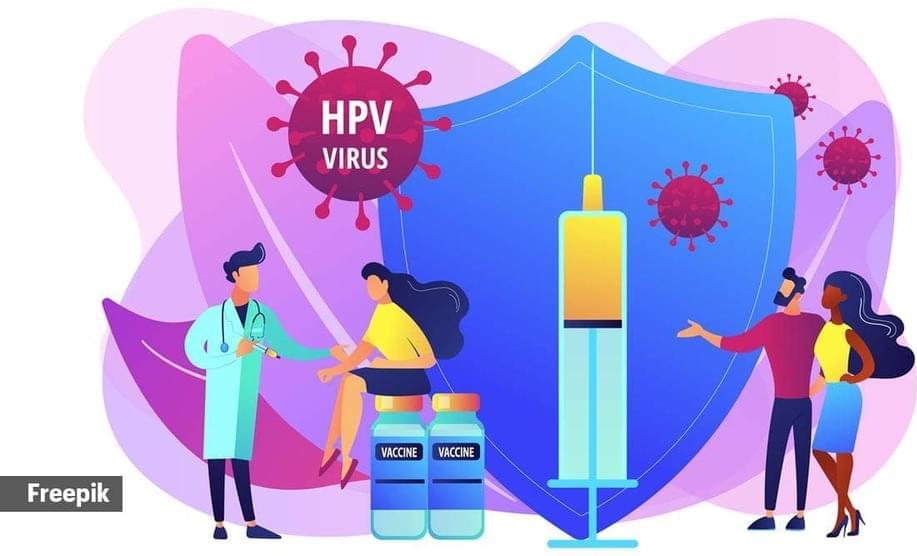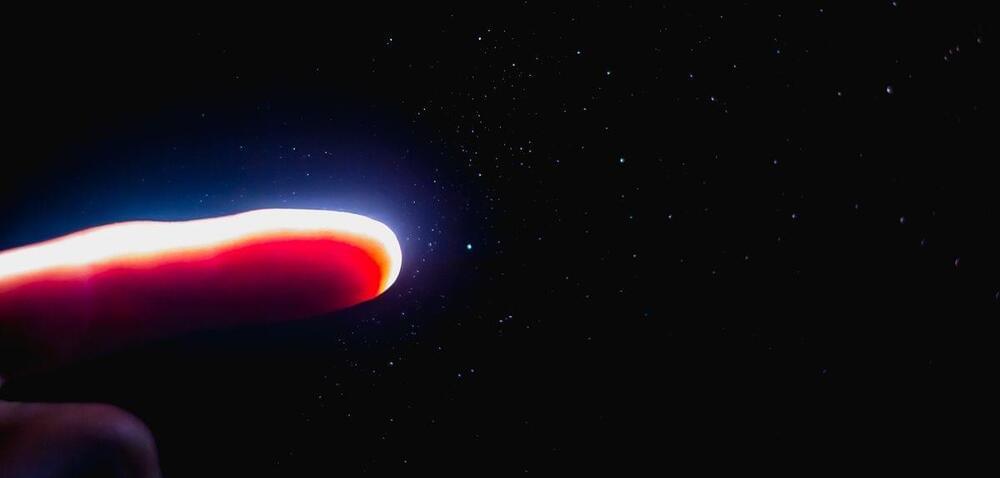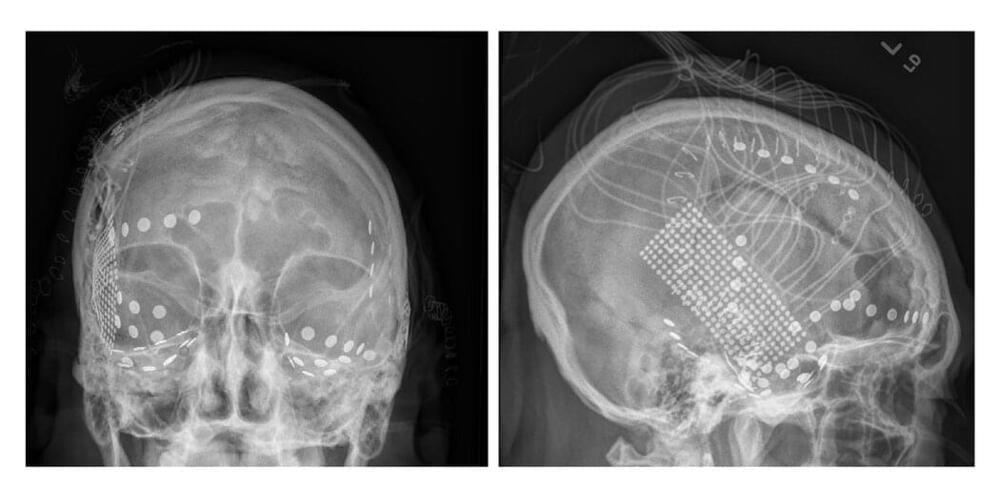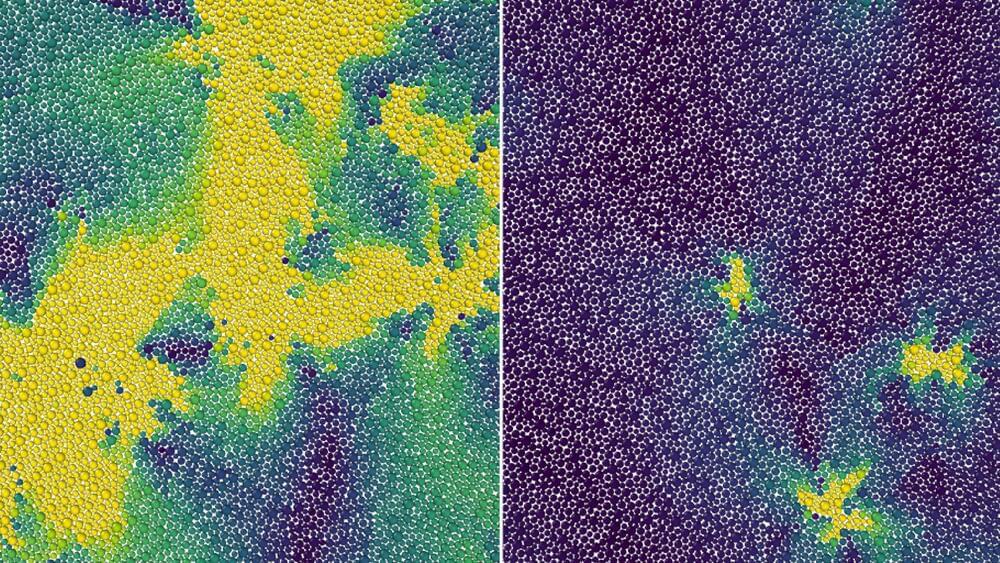Testing the efficacy of a vaccine candidate is typically a long process, with the immune response of an animal model taking around two months.
A multi-institution team, led by Matt DeLisa, the William L. Lewis Professor in the Smith School of Chemical Biomolecular Engineering, at Cornell Engineering, is developing a method that is more than an order of magnitude faster.
Using a biomaterials-based organoid, developed in the lab of former Cornell professor Ankur Singh, now at the Woodruff School of Mechanical Engineering at the Georgia Institute of Technology, the team was able to assess the strength of the immune response in just days.
